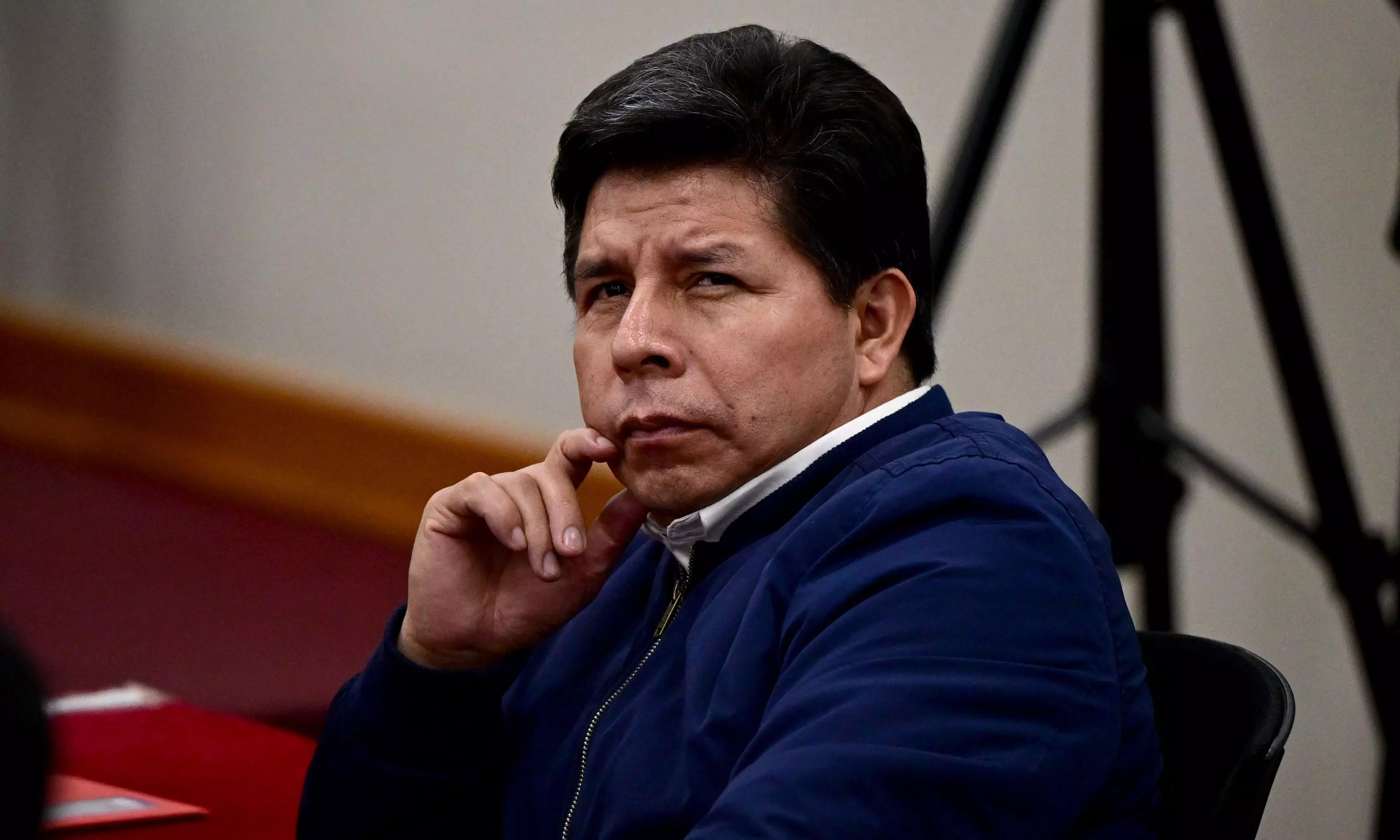
Bangkok: Even before a powerful 7.7-magnitude quake hit Myanmar on Friday, more than 3 million people in the country had been displaced, and hundreds of thousands were cut off from vital food and health programmes as a result of a destructive four-year civil war that international groups claim has indiscriminately targeted civilians.
Social media videos depicted widespread destruction after the earthquake hit an epicentre near Mandalay, Myanmar’s second-largest city, and was followed by a strong 6.4-magnitude aftershock, raising fears that many were trapped under the rubble or killed.
Information and movement throughout the country remain very tightly controlled, making it more difficult for any rescue efforts or even an assessment of the official death toll.
Here’s a brief look at Myanmar:
THE BASICS: Myanmar, formerly known as Burma, was already embroiled in turmoil since the army seized power from the elected government of Aung San Suu Kyi on February 1, 2021 triggering widespread popular opposition.
After peaceful demonstrations were put down with lethal force, many opponents of military rule took up arms. Large parts of the country are now entangled in conflict.
Complicating the political picture is the influence of neighbouring China, which is believed to have tacitly supported the late 2023 offensive in what turned out to be a successful bid to shut down organised crime activities that had been flourishing along its border.
MANY DISPLACED: Before the quake struck, the United Nations estimated that hundreds of thousands of civilians had been displaced by internal fighting, and there are now more than 3 million internally displaced people in Myanmar overall, with some 18.6 million people in need of humanitarian aid.
However, access issues and recent cuts to foreign assistance have devastated the already war-torn country.
A 90-day freeze on foreign assistance programmes announced earlier this year by US President Donald Trump has led to other cuts in services for refugees from Myanmar, including the shutdown of hospital care in camps in neighbouring Thailand where more than 1,00,000 are living, according to activists and Thai officials.
HUNGER A CHIEF CONCERN: A recent statement by the World Food Programme said that most food rations currently distributed in Myanmar will be cut off in April, even as the country faces a desperate humanitarian crisis. The WFP said it would need USD 60 million to continue food assistance in Myanmar and called on its partners to identify additional funding.
The WFP said 15.2 million people, nearly one-third of the total population, are unable to meet their minimum daily food needs, and some 2.3 million face emergency levels of hunger.
The organisation said it only has the funding right now to assist 35,000 of the most vulnerable people, including children under the age of 5, pregnant and breast-feeding women, and people living with disabilities.
HEALTH CHALLENGES: Last week, Tom Andrews, a monitor on rights in Myanmar commissioned by the UN-backed Human Rights Council, laid out the dire health crisis as a result of the drying up of aid.
Tuberculosis and HIV patients have been missing their medication for weeks; disabled children have been locked out of rehabilitation centres; rights groups have faced cuts in their ability to distribute food and water to people, Andrews said.





